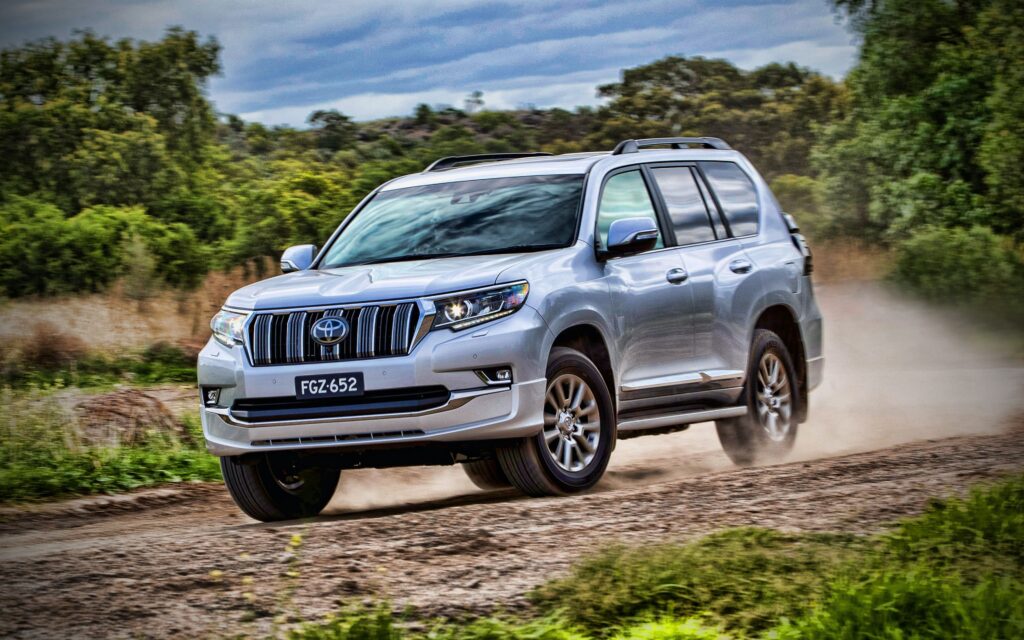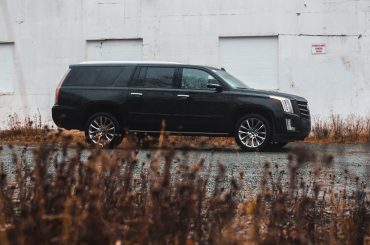Whether an SUV (Sports Utility Vehicle) is a truck or a car has been debated for many years. With the increasing popularity of SUVs, this question has become even more critical, as it affects how consumers regulate, market, and perceive these vehicles.
At first glance, it may seem like an SUV is a larger car, with its spacious interior and comfortable ride. However, some argue that an SUV’s size, shape, and capabilities make it more like a truck. For example, SUVs often have higher ground clearance, larger wheels, and more rugged suspension than cars. These features allow SUVs to handle rough terrain and carry heavy loads, like trucks.
So, is an SUV a truck or a car? It depends on various factors, including the vehicle’s design, features, and regulatory categorization. In this article, we will explore how SUVs can be classified and the implications of these classifications for consumers and the automotive industry.
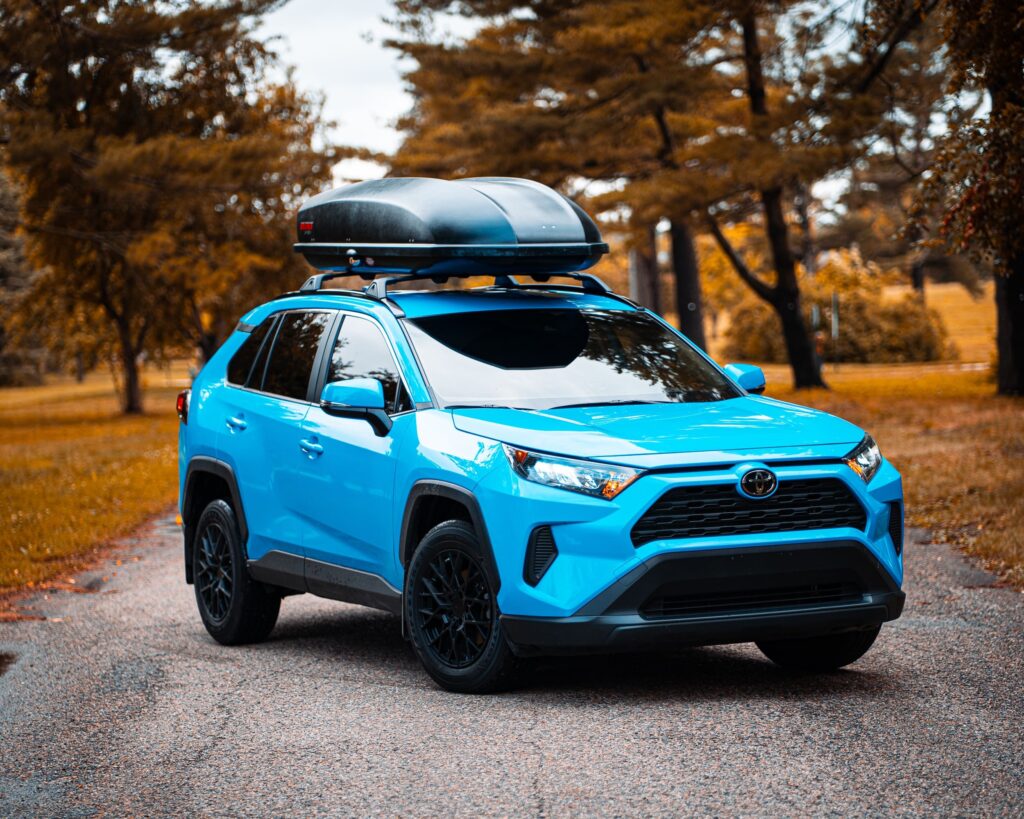
Contents
SUVs as Cars
SUVs are often compared to cars due to their similar appearance and driving characteristics. However, some argue that SUVs are not actual cars because of their larger size, higher ride height, and heavier weight. In this section, we will explore the classification of SUVs as cars and the implications of this categorization.
To begin, let’s define what we mean by a car. A car has four wheels designed for personal transportation, usually with a passenger capacity of up to five people. Cars typically have unibody construction, meaning the body and frame are integrated into a single structure. Cars are also known for their smooth and comfortable ride, as well as their fuel efficiency and ease of handling.
On the other hand, SUVs are larger and heavier than cars and have higher ground clearance. Some SUVs, such as the Honda CR-V and the Toyota RAV4, have unibody construction, making them more like cars in terms of their structure. Other SUVs, like the Chevrolet Tahoe and the Ford Expedition, have a body-on-frame construction, which makes them more like trucks.
Despite their larger size and heavier weight, many SUVs have car-like features that make them easier to drive and more comfortable than trucks. For example, SUVs often have a spacious interior with comfortable seating and cargo space. They also have better fuel efficiency than trucks, making them more affordable.
One advantage of categorizing SUVs as cars is that it allows them to be regulated differently than trucks. This means that SUVs may be subject to different safety and emissions standards than trucks, which can benefit consumers and manufacturers alike. Additionally, categorizing SUVs as cars can help reduce some people’s negative perception of trucks, making SUVs more appealing to a broader range of consumers.
However, there are also some disadvantages to categorizing SUVs as cars. For example, SUVs may be subject to higher taxes and fees if they are classified as cars rather than trucks. Additionally, if SUVs are regulated as cars, they may be subject to more stringent emissions standards, which can increase the cost of production.
SUVs as Trucks
SUVs are often compared to trucks due to their larger size, weight, and rugged capabilities. Some SUVs even have a body-on-frame construction, a common feature of trucks. In this section, we will explore the classification of SUVs as trucks and the implications of this categorization.
To begin, let’s define what we mean by a truck. A truck is designed for carrying goods or towing heavy loads, typically with a separate frame and body construction. They may have larger wheels, stronger suspension, and higher ground clearance than cars, making them well-suited for hauling and towing.
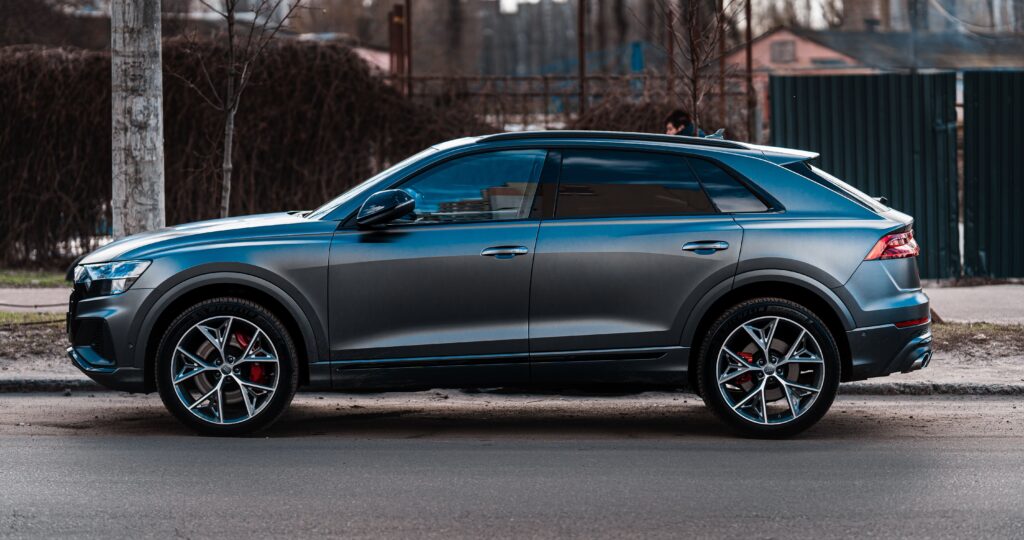
On the other hand, SUVs are often larger and heavier than cars, and some have features that make them more like trucks. For example, some SUVs have a body-on-frame construction, a common feature of trucks. Additionally, SUVs often have larger wheels, stronger suspension, and higher ground clearance than cars, making them more capable of handling rough terrain and carrying heavy loads.
Some examples of SUVs with truck-like features include the Chevrolet Tahoe, the Ford Expedition, and the Toyota 4Runner. These SUVs have a body-on-frame construction, which is similar to the construction of trucks. They also have larger wheels, stronger suspension, and higher ground clearance than cars, making them more capable of handling rough terrain and carrying heavy loads.
One advantage of categorizing SUVs as trucks is that it allows them to be regulated differently than cars. This can benefit manufacturers who want to take advantage of regulatory relaxation regarding fuel and emissions. Additionally, categorizing SUVs as trucks can help to improve the perception of these vehicles among consumers who value the rugged capabilities of trucks.
However, there are also some disadvantages to categorizing SUVs as trucks. For example, if SUVs are regulated as trucks, they may be subject to higher taxes and fees. Additionally, SUVs categorized as trucks may not be as fuel-efficient as those categorized as cars, making them more expensive to operate.
Regulatory Categorization
Regulatory categorization plays an important role in how SUVs are classified, and it can have significant implications for manufacturers and consumers. In this section, we will explore how regulatory categorization affects the classification of SUVs and the advantages and disadvantages of categorizing SUVs as either cars or trucks.
Regulatory categorization refers to how government agencies classify vehicles for regulatory purposes. In the United States, the Environmental Protection Agency (EPA) and the National Highway Traffic Safety Administration (NHTSA) are responsible for setting vehicle fuel economy and emissions standards. How these agencies classify vehicles can significantly impact the regulatory requirements that manufacturers must meet and the incentives available to consumers.
Examples of regulations that categorize SUVs as either cars or trucks include the Corporate Average Fuel Economy (CAFE) standards and the emissions regulations set by the EPA. In general, SUVs built on a truck chassis are classified as trucks, while those with a car-like unibody construction are classified as cars. However, some SUVs have a mix of truck and car-like features, which can make their classification more ambiguous.
One advantage of regulatory categorization for SUVs is that it can help to ensure that these vehicles meet the appropriate fuel economy and emissions standards. By categorizing SUVs as either cars or trucks, regulatory agencies can set different standards for each category, depending on their size, weight, and other characteristics. This can help ensure that SUVs are not unfairly penalized for their size and weight while encouraging manufacturers to improve the fuel economy and emissions of these vehicles.
However, there are also some disadvantages to regulatory categorization for SUVs. For example, if SUVs are categorized as trucks, they may be subject to higher taxes and fees, increasing the cost of these vehicles for consumers. Additionally, if SUVs are categorized as cars, they may be subject to more stringent emissions standards, which can be challenging for manufacturers to meet without sacrificing performance or safety.
Blurring the Lines
As we have discussed earlier, the classification of SUVs as either cars or trucks can be ambiguous, with some vehicles defying easy categorization. In this section, we will explore examples of SUVs that blur the lines between categories, advancements in vehicle design that make it more challenging to classify SUVs, and the implications of ambiguous classification for consumers and manufacturers.
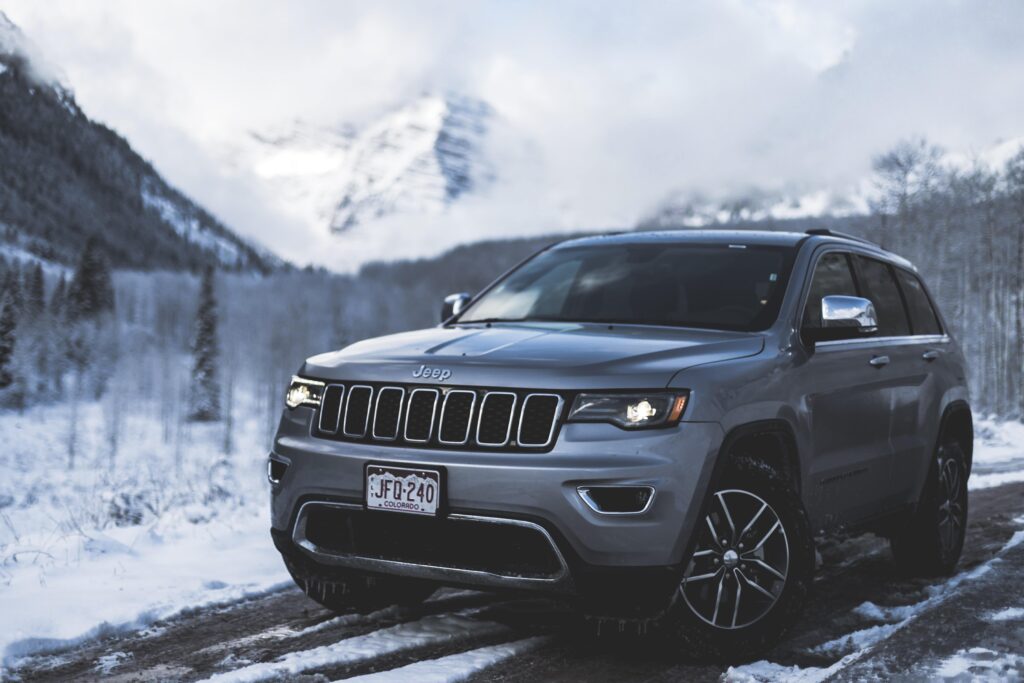
One example of an SUV that defies easy classification is the Jeep Wrangler. While it has body-on-frame construction like a truck, it also has features more commonly associated with cars, such as a unibody-style hood and fenders. The Wrangler’s unique design has made it difficult to classify, with some regulators considering it a truck and others classifying it as a car.
Another example of an SUV that blurs the lines between categories is the Honda Ridgeline. While it has a pickup truck bed, it has a unibody construction and features more commonly associated with cars, such as a car-like ride and handling. This has made classifying the Ridgeline as a truck or a car difficult.
Advancements in vehicle design have also made it more challenging to classify SUVs as either cars or trucks. For example, some SUVs now have features that were once exclusive to trucks, such as towing capacity, four-wheel drive, and off-road capabilities. On the other hand, some pickup trucks now have features that were once exclusive to cars, such as advanced safety and infotainment systems.
The implications of ambiguous classification for consumers and manufacturers can be significant. It can make it more challenging for consumers to understand the capabilities and limitations of the vehicles they are interested in purchasing. For example, a consumer may assume that an SUV with a pickup truck bed can tow heavy loads, only to find out that it is not classified as a truck and therefore does not have the necessary towing capacity.
For manufacturers, ambiguous classification can make it more challenging to comply with regulatory standards and to market their vehicles effectively. For example, a manufacturer may have to choose between designing an SUV with truck-like features to comply with truck regulations or designing an SUV with car-like features to comply with car regulations. This can make it more difficult to innovate and meet the needs and preferences of consumers.
Is an SUV a truck or a car?
In conclusion, the question of whether SUVs are considered cars or trucks is not a straightforward one. While some SUVs fit the criteria of either a car or a truck, others blur the lines between the two categories. Regulatory categorization plays an important role in determining how SUVs are classified, but advancements in vehicle design have made the lines between categories increasingly ambiguous.
Consumers and the automotive industry both have a stake in the classification of SUVs. Precise classification can affect things like fuel efficiency standards and safety regulations. It can also impact marketing and consumer perception. Therefore, consumers and manufacturers need to understand the classification of SUVs and how it affects their use and sale.
Further research could explore the implications of ambiguous classification for vehicle safety and emissions standards. It could also look into the consumer perception of SUVs and how their classification shapes that perception. By understanding the complexities of the SUV classification, we can make better-informed decisions as consumers and industry professionals.
More Posts :


